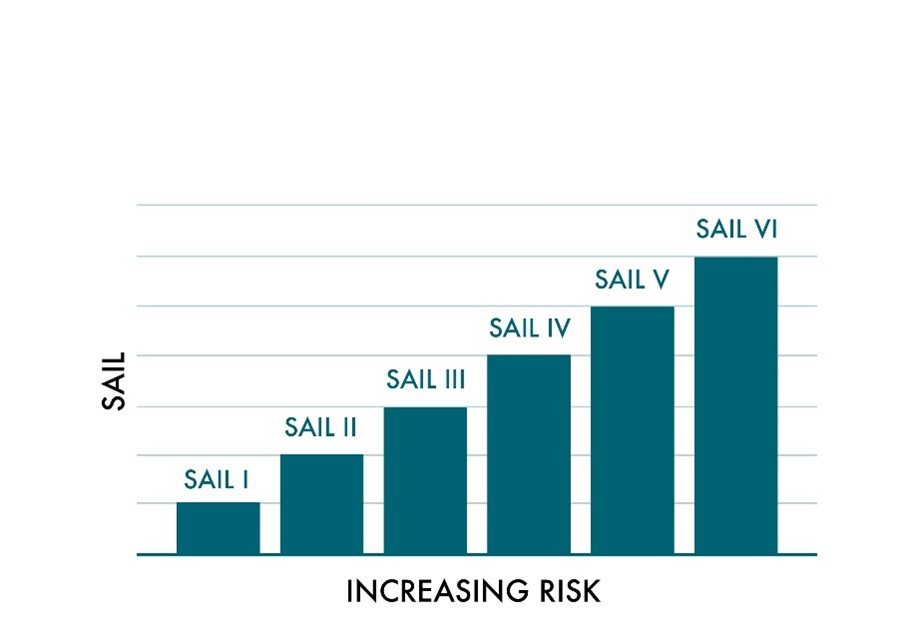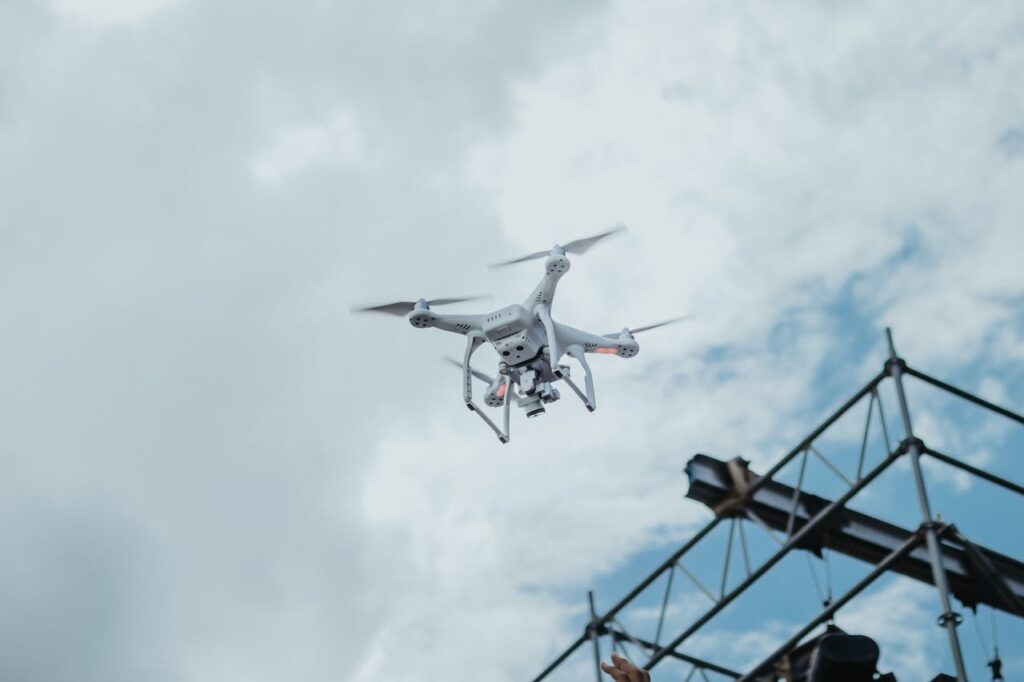JARUS SORA drone operations in Europe are revolutionizing how operators navigate the regulatory landscape, ensuring that every flight is a secure one. Explore the key elements of this methodology and the benefits it brings to the ever-expanding world of European drone operations.
JARUS SORA is a methodology developed by the Joint Authorities for Rulemaking of Unmanned Systems (JARUS), a group of international regulatory authorities that work together to develop common regulations and standards for unmanned systems.
What Is the JARUS SORA?
JARUS SORA, an acronym for Specific Operations Risk Assessment, is an essential part of drone regulations. It is a risk-based methodology recommended by international regulatory authorities. Its primary goal is to guarantee the safety of drone operations, aiming for just one fatal accident per million flight hours for individuals on the ground and one mid-air collision per 10 million flight hours.
The heart of SORA lies in its classification of operations into six distinct risk classes, known as SAIL (Specific Assurance and Integrity Level). These classifications consider various factors, such as airborne and ground risks, as well as mitigation measures like parachutes, drone kinetic energy, and airspace structure.
The JARUS SORA Version 2.5
The JARUS SORA methodology, while highly valuable, can sometimes result in subjective assessments, especially when considering drones flying in a city. You also have to account for the diversity of interpretations among different authorities.
Different authorities often also have different interpretations of the JARUS SORA methodology, and even basic terms such as Visual Line of Sight can sometimes be challenging definitions to interpret. In order to make it more straightforward and harmonize practices among states, JARUS is elaborating a new version of the JARUS SORA method.
This forthcoming Version 2.5 of JARUS SORA aims to provide greater clarity and consistency, enhancing the framework’s applicability across diverse drone operations, including those that involve high-speed flights in urban settings.

SAIL Level as a Function of Risk
The Specific Assurance and Integrity Level (SAIL) system is the baseline of JARUS SORA, classifying drone operations into distinct risk categories. These categories, ranging from low to high risk, provide a clear roadmap for understanding the inherent dangers associated with each operation.
By linking SAIL levels to risk, JARUS SORA ensures that safety measures and compliance requirements are tailored to the specific level of risk. It fosters a sense of precision and responsibility in the diverse and dynamic world of drone operations, equipping operators, including those using delivery drones, with the guidance they need to navigate a complex regulatory landscape.

The Second Phase of JARUS SORA Navigates the Compliance Challenge
After determining the risk score of the operation, the applicant enters the second phase of the JARUS SORA – the compliance part. In this part, the applicant will have to demonstrate compliance with requirements that are proportionate to the risk class.
Whether the operation falls into a lower-risk category or ventures into the high-risk territory, compliance remains a must. This phase emphasizes proportionality, ensuring that the extent of compliance aligns with the degree of potential risk.
Writing a SORA is a complex endeavor that requires knowledge of airspace, drone technical design, and aviation best practices. With this on your mind, you’ll be able to avoid the pitfalls when writing a SORA.

JARUS SORA Drone Operations in Europe – What Are the Benefits?
The use of the JARUS SORA framework provides several benefits for drone operators and regulators alike. Firstly, it provides a standardized process for the authorization of drone operations, making it easier for operators to comply with regulations and obtain the necessary approvals.
Secondly, it ensures that drone operations are conducted in a safe and responsible manner, reducing the risk of accidents and incidents. Finally, it provides a transparent process for regulators to assess and approve drone operations. That way, everyone is ensured that the operations are being conducted in accordance with the regulations.
PDRAs and EASA Standard Scenarios for Effortless Compliance
JARUS has elaborated some Predefined Risk Assessments (PDRA). PDRAs are defined as SORAs for some specific use cases that avoid performing a full SORA analysis. However, when using them, one should make sure that the operation falls within the scope of the used PDRA (for instance, sparsely populated area below 120 m in uncontrolled airspace). A PDRA eases the risk assessment but still requires applicants to write an Operations Manual and put together the necessary compliance evidence.
The European Union Aviation Safety Agency has also published standard scenarios. EASA means of compliance and standard scenarios further ease the entire process. Declaring compliance to its requirements to the aviation authority means there’s no need for further verification of the Operations Manual and compliance evidence. Therefore, there’s less administrative burden but also more responsibility for the operator. They have to understand the requirements and put documents together that are compliant with the standard scenario and can be used on the field.

Elevating Drone Operations in Europe – Let UASolutions Help You With All the Regulations
The JARUS SORA framework is an important development in the regulation of drone operations in Europe. It provides a structured process for the assessment and mitigation of risks associated with drone operations.
As the use of drones continues to grow in industries such as agriculture, construction, and logistics, frameworks such as the SORA will be essential. It ensures that operations are conducted safely and responsibly.
While this is a standardized process for the authorization of drone operations, understanding all the necessary regulations and complying with those can be a bit time-consuming. That’s when UASolutions comes to the stage. We can help you with all the processes and find the right solution in order for you to fly. Contact us and find out all about this legal framework, and we can start the process of getting you approved.




